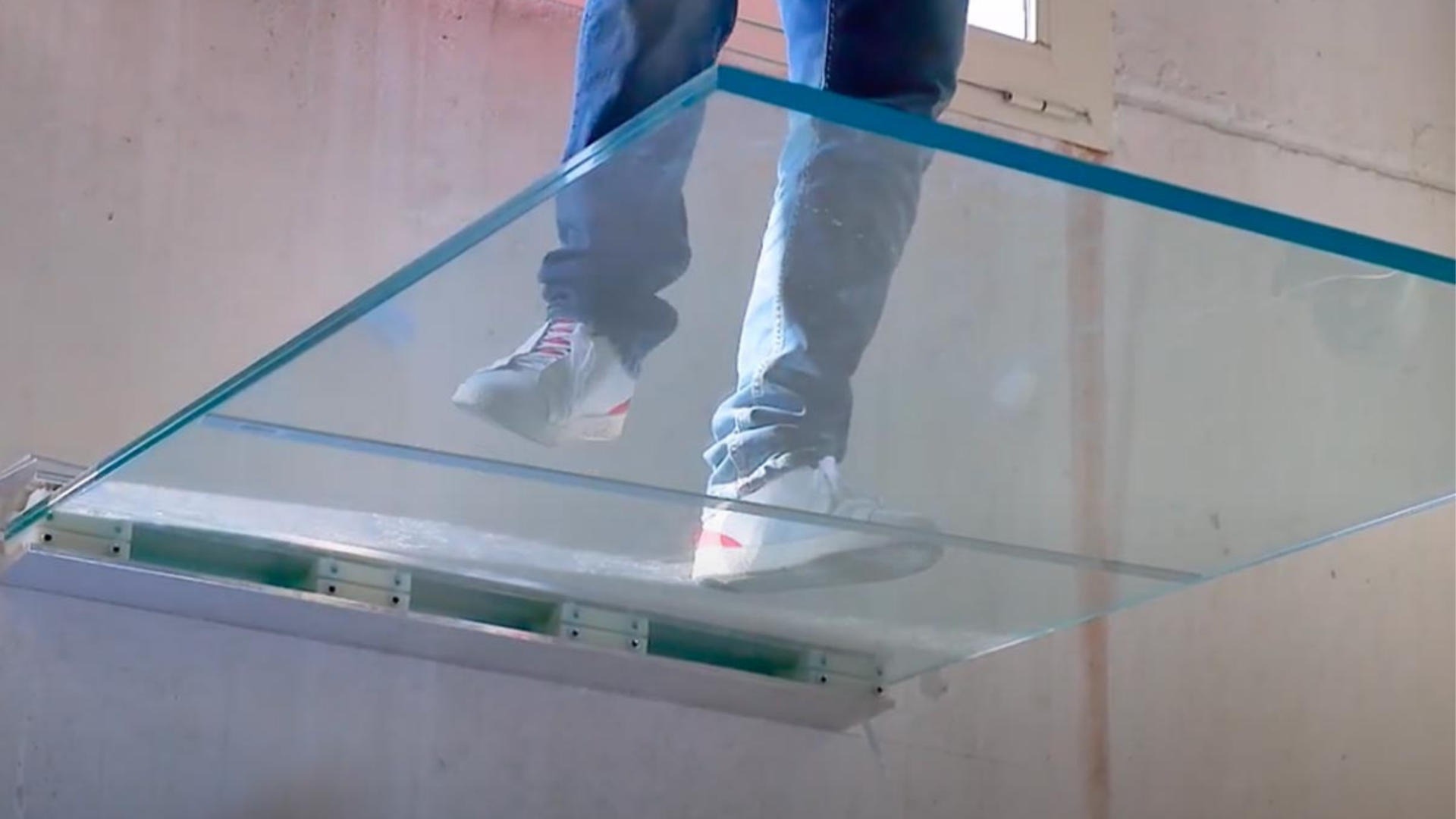Tempered glass: what is it and how to recognize it? Discover characteristics and meaning.
Tempered glass is a glass that undergoes a strong heating to 700 ° C and then a violent cooling with jets of cold air at low temperature.
The rapid transition from hot to cold causes a
thermal shock on the surface of the glass sheets, causing a
state of compression that improves mechanical strength.
In case of breakage, tempered glass is not as dangerous as the classic one, since it pulverizes into many tiny fragments.
It is also called
safety glass due to its great mechanical resistance and the characteristic of not being dangerous for neighboring people in case of breakage.
"Luck is like glass, just as it can shine, it can shatter." - Publilius Syrus

Tempered glass meaning of the term
The term tempered glass refers to the
tempering , that is the treatment to which the glass sheets are subjected. The glass is placed on rollers that pass it through a furnace designed for this specific process.
This thermal process is able to transform a classic glass, first subjecting it to a high temperature (around 640 degrees) and then cooling it immediately. The cooling phase takes place through various air jets placed at different angles. The internal part of the glass cools down over time and this leads to a compression towards the surface. Basically, the lower and upper surfaces harden quickly, while the heart remains in traction and slowly cools down.
In this way the glass reacts as if it undergoes a surface compression, increases its
resistance to stresses (such as impacts) or to new changes in temperature.
Characteristics of tempered glass
Normal glass is a material often used in the
furniture sector for its malleability. It originates from sieved silica sand, melted at high temperatures in a glass oven.
When classic glass is cracked, it risks dangerous shattering into large, sharp splinters. For this it should be handled with suitable professional
glass accessories .
Instead, as we have already said, the
characteristics of tempered glass allow it to break into numerous small fragments with rounded edges.
Tempering makes the glass more elastic:
- it resists breaking about 7 times more than a classic glass sheet;
- withstands temperatures up to 250 ° C;
- mechanically resists shocks 4 times more;
- has a certain resistance to bending pressure.
However, tempered glass has a flaw: it cannot be worked on again, as it risks breaking.
The use of tempered glass
What is the use of tempered glass? Let's start immediately with what interests us most at Windowo: it is often
used for windows but also large windows and
curtain walls . In this case, tempered glass must meet the EN 12150 regulatory requirements: parts 1 and 2.
As it is a robust material, easy to clean and very malleable, it can be used for any glass structure. As we have already seen before, the important thing is that it is not further processed or punched after hardening because it would risk breaking.
This type of material is also used for many other things:
- partitions inside the house, capable of letting a lot of light through;
- construction of shower cubicles, so as not to make domestic accidents serious;
- for shop windows, thanks to its high resistance feature;
- external construction of glass buildings.
Do we say tempered glass or toughened glass?
The answer is that
it is correctly called tempered glass , because it has undergone the tempering process (i.e. the heat treatment that improves strength and bending).
The incorrect expression tempered glass comes from the English "
tempered glass ". If we want to joke about it, we can remember that it does not sharpen like a pencil!
If you wish in the Windowo online store you can buy the best
glass suction cups in special offer.

